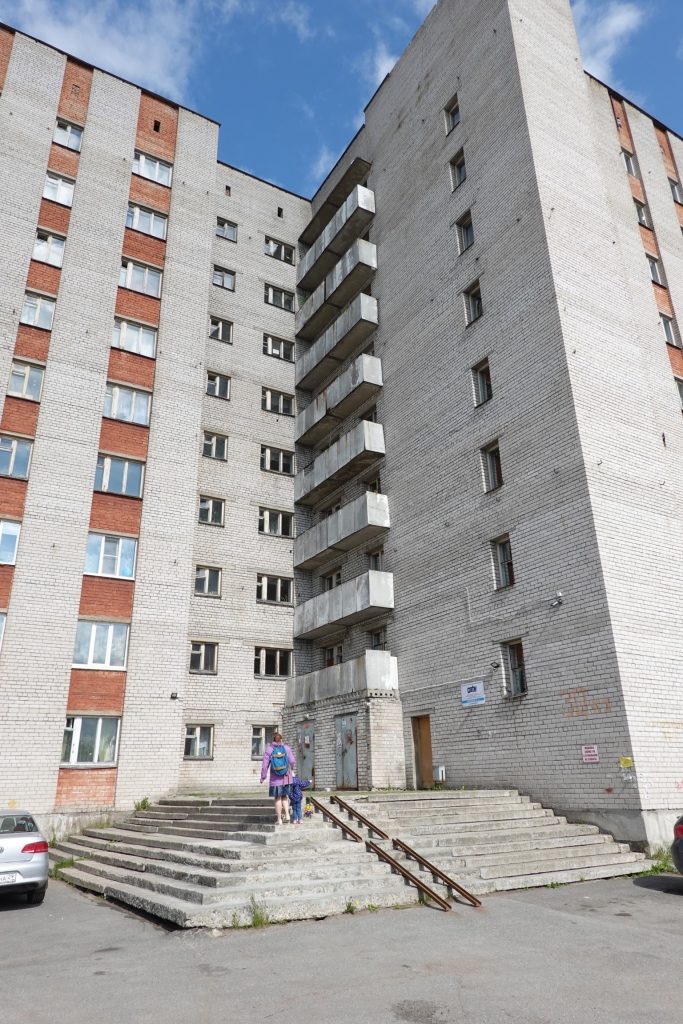In the Arctic regions, facility management faces unique challenges, especially during the record-breaking snow seasons. The facility managers grapple daily with those challenges, and with the challenge of sustainable housing and buildings. The experts behind the Facility Management of Regional Buildings project are well-versed in these challenges and more.
The following facts form a challenge in the North:
- Snow is Water: When snow melts and refreezes into ice, it expands. Eventually, it will melt again. Water plays a central role in damaging buildings and affecting their durability.
- Heat Moves with Temperature Differences: Heat naturally flows from warmer material to cooler ones. Understanding this principle is crucial for managing Arctic facilities.
- Water Vapour and Condensation: Warm air can hold more water vapour than cold air. When warm air cools down, some of this vapour condenses into liquid water.
- Extreme Climate Conditions: The northern regions of the Nordics and Russia experience extreme climatic conditions. The temperature difference between winter and summer can exceed 70°C.
The project has created an animated video to explain the basic requirements of facility management.
Modern housing and Environmental sustainability can be combined
Buildings account for 40% of energy consumption and nearly the same amount of CO2 emissions. Residential buildings, being more numerous than commercial or public structures, significantly impact the environment.
The project partners combined their strengths around the topic. The knowledge and expertise is collected into the outputs of the project and impact the education related to construction and housing. A central output is Facility Management of Residential Buildings in Barents Region – booklet, a non-scientific publication for anyone who owns a building or is involved in its management.
Some recommendations as well as preliminary results from the case study (partly refurbished dormitory in Arkhangelsk, Russia) have been presented to a wider audience at venues such as symposiums and conferences.

Student dormitory in Arkhangelsk is a test building of FAMARB
Project: Facility Management of Residential Buildings (FAMARB)
Lead partner: UiT The Arctic University of Norway
Other partners:
- Oulu University of Applied Sciences, Oulu
- Northern Arctic Federal University named after M.V. Lomonosov, Arkhangelsk
- RISE Research Institute of Sweden, Borås
